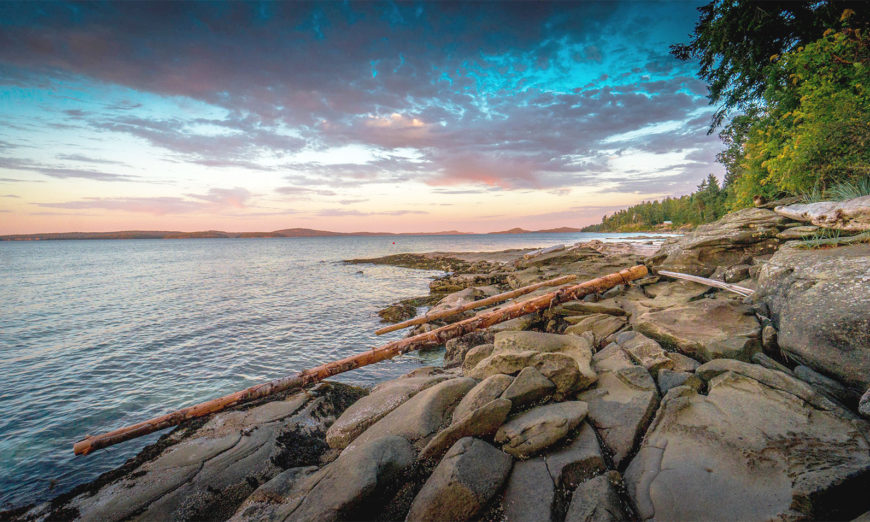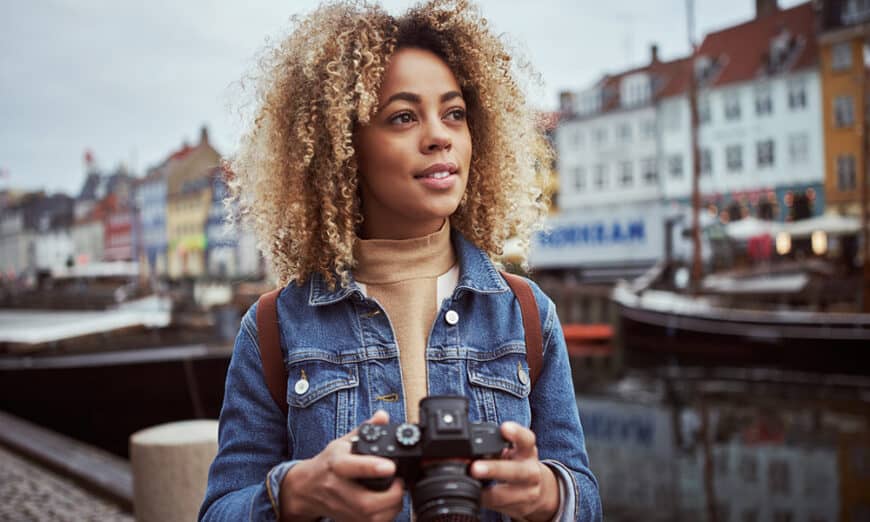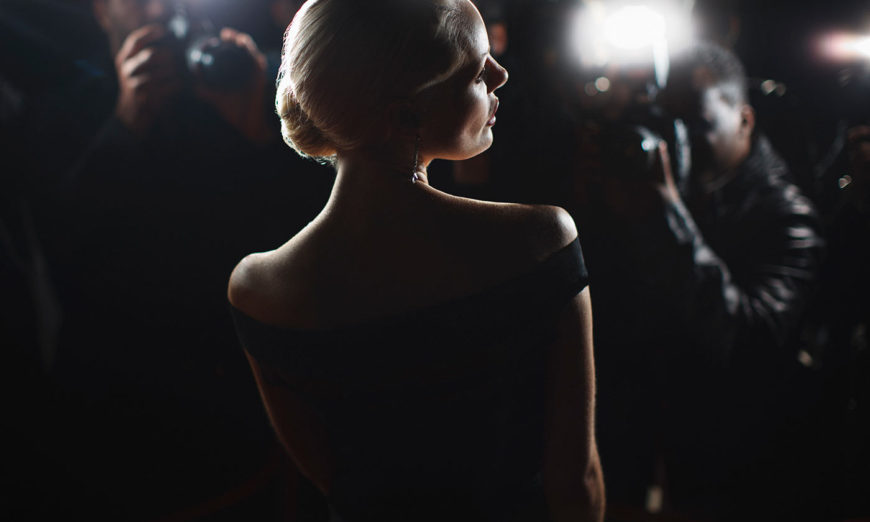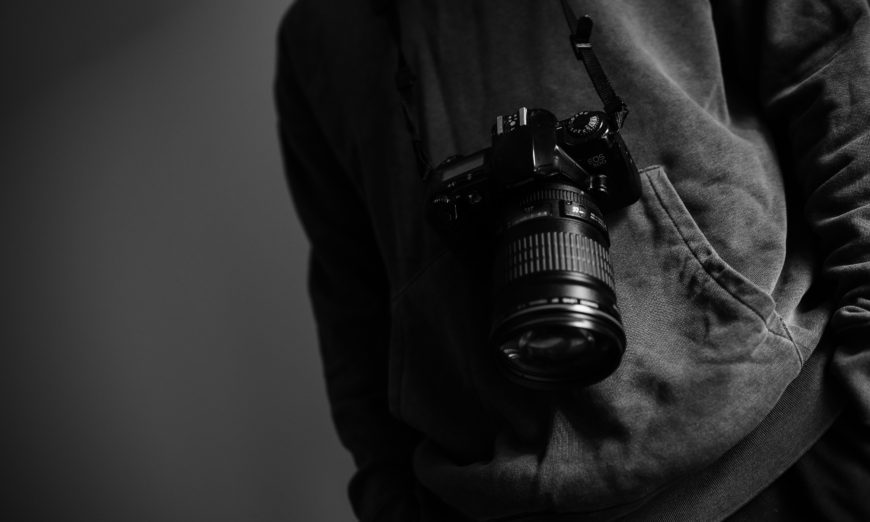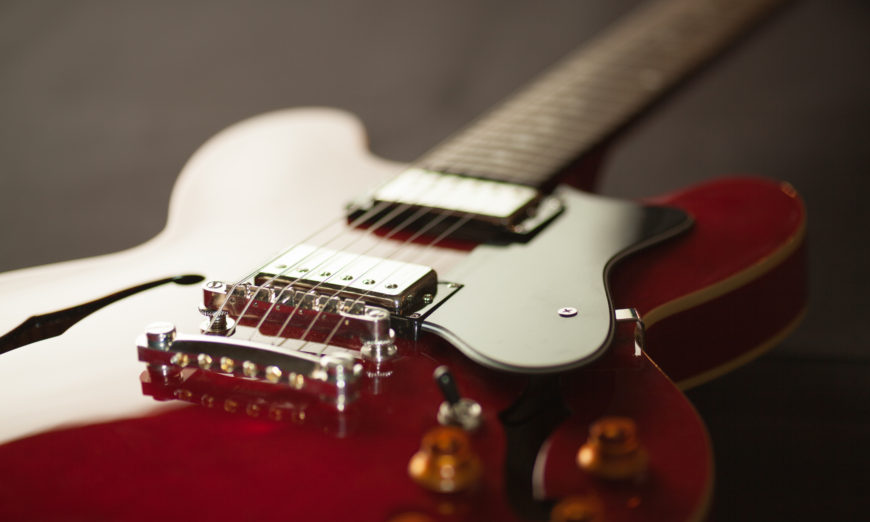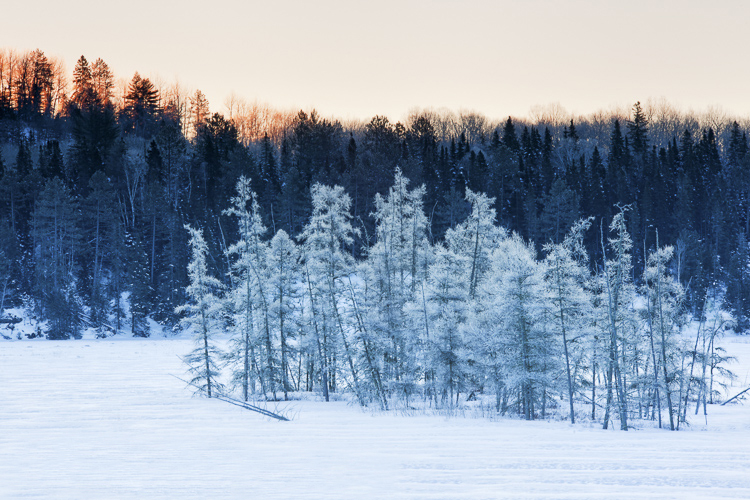Have you ever felt that your landscape shot didn’t really capture the scope and breadth of the story you wanted to tell, but when you tried an ultra wide angle lens, everything looked really far away and seemed diminished? You aren’t alone. In the olden days (self jab there), we had dedicated cameras like the amazing Widelux that only shot panoramas. With our digital cameras, things got a whole lot easier. You may have already made some panoramas using your smartphone. Despite the micro sensors and the fact that they […]
Learning
It’s easy to become attached to the quality lens that came with your digital single-lens reflex (DSLR) camera, and if you are like most photography buffs you have put it to good use. Most of these kit lenses provide a good focal range along with some versatility, but is it wise to depend on only one lens? As you strive to develop and hone your camera skills, reliance on a single lens might slow down the learning process.
Improving Your Hotshoe Flash Images
BY Ross Chevalier September 14, 2018 Gear, Learning, Lighting
A hotshoe mount flash is like a portable sun in your pocket, you have the ability to maximize image quality whenever you need to do so.
Black and White Hollywood Glamour In-Studio
BY Jim Ogilvie September 6, 2018 Learning
If you’re like me and have a passion for lighting, events like TIFF tend to bring out thoughts of trying something different or new. This week I decided to dig out an old theatrical optical spot that I have had for many years. I hadn’t actually used this piece of gear for a while, and it was time to shake the dust off of it and put it to use. Lighting is a fun and challenging component of studio work (and outdoor work, too). There are so many ways to […]
Tips for New Photographers – First Steps
BY Ross Chevalier January 5, 2018 Articles, Learning, Quick Tips
If you are new to DSLR or mirrorless photography, the number of setting options available can be a bit intimidating.
Learn How to Use Spot Metering
BY Ross Chevalier August 11, 2017 Articles, Learning, Quick Tips
Spot Metering has a lot of power but used incorrectly often results in disastrous images. In this tutorial, we will learn to use it properly and for maximum effectiveness.
5 Tips for Better Portrait Photography
BY Ross Chevalier June 9, 2017 Articles, Learning, Quick Tips
For the general photographer, people photography can be challenging. We like the ability to quickly make images. And, we hate that, so often, there is something badly missing in our images. Here are some technical tips, in no particular order, of things that you can do that will improve your people photography.
Understanding Depth of Field
BY Ross Chevalier May 24, 2017 Articles, Learning, Quick Tips
Depth of field is an old term. It can be described as being the range of distances in an image where the image comes into focus to the distance where the image goes out of focus. There are three criteria for depth of field: Lens focal length, Aperture / Lens Opening, and the distance between the camera and subject. We will examine them individually, but keep in mind that their effects are cumulative.
The One Lens Challenge
BY Ross Chevalier May 17, 2017 Articles, Learning, Quick Tips
Regardless of how many lenses you have, pick one, and then pick a focal length on the lens. If the lens is a prime, like a 50mm, this is easy. If it’s a zoom, pick a focal length somewhere in the zoom range and, using a piece of tape, prevent the zoom ring from moving. You now have a single focal length. The challenge is to find ways to construct your composition, your subject placement and your framing.
Ask the Expert – Shooting in Cold Weather
BY Ethan Meleg January 22, 2017 Ask The Expert, Learning
“I would really appreciate any tips on cold weather shooting. I’ve never been very comfortable with taking my camera out in the cold and with winter quickly approaching any advice you can provide would be helpful. Tips on keeping my camera safe but also how to capture the beautiful white snow.”
